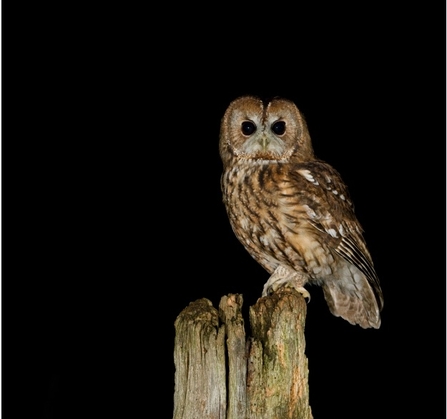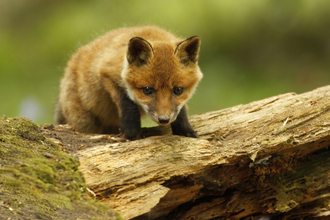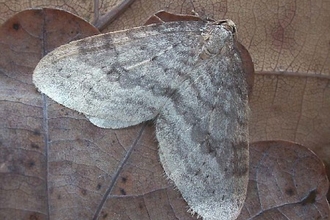Winter is a great time of year to get out and enjoy the darkness. As night falls early you can go out to experience the darkness and still be home by bedtime! In our increasingly artificially-lit lives, deliberately going out in the dark is a wonderful way to retune to the wild.
Choose a bright, clear night for your first dark adventures, and walk somewhere you know. Level paths will help you feel safe. For safety, wear a reflective jacket or gilet and carry a torch – but don’t use it unless you really have to.
Allow time for your eyes to adjust to the dark. They begin to adjust after five to eight minutes, but it takes around 40 minutes to have your maximum night vision. Your vision depends on cells in the retina known as rods and cones. As diurnal animals, we have lots of cones, which give us sharp, coloured, finely detailed vision in bright light. The rods are much more sensitive to light photons, but work best in your peripheral vision. They pick up movement well, but not colour, which is why everything at night seems to be in black and white. In the dark, try looking a little to the side of what you want to see.
Hearing is probably your most important sense in the dark, so keep quiet, walk softly, and try cupping your hands behind your ears to intensify and pinpoint sounds. Remarkably, opening your mouth can also help you hear better!

John Hawkins
So, what wildlife are you likely to find on your night walk? Owls are the most obvious creatures, as they’re pretty noisy at this time of year. They’re territorial, often staying on the same patch their whole lives. Intimate knowledge of their surroundings is vital to hunt effectively in the dark. Young owls hatched this year will be establishing their own territories and adults will be defending theirs against young interlopers, so a lot of hooting goes on. Tawny owls, traditionally thought to cry “Tuwitt tuwoo”, actually have two separate calls. The tuwitt part is more accurately rendered ‘Kew-ick’ and the tuwoo as a drawn out ‘Hooooo’ followed by a quivering ‘hoo-hoo-hooooo’. Barn owls have an eerie shriek or squeal alarm call, and a territorial blood-curdling tremulous shriek which is often repeated. These two species are the ones you’re most likely to hear, as little owls and short eared owls are daylight hunters and long-eared owls are woodland specialists.
Watch out for moths too. Winter moths are active through December and January, and are particularly fond of hedgerows. The females have only vestigial wings but the males are active flyers, seeking the females which crawl up tree and bush trunks to release pheromones to attract a mate. These moths produce their own body heat and have furry insulated bodies, and as winter specialists have adopted a lifestyle which avoids predation by the many insect-eaters of summer.
By January, foxes will be looking for mates, so another feature of the night-time soundscape could be the rather alarming scream of a vixen calling for her dog fox.
He answers with a ‘hup-hup-hup’ bark. With foxes increasingly turning to urban living, you might hear them almost anywhere, but a night-time walk past the park or playing fields could be as good a chance as in open country. Tawny owls also use urban spaces where there is a bit of woodland, so you might find a nocturnal wander around the suburbs just as wildlife-filled as on the country lanes. You do miss out on the true, soft darkness away from street lights, though!




